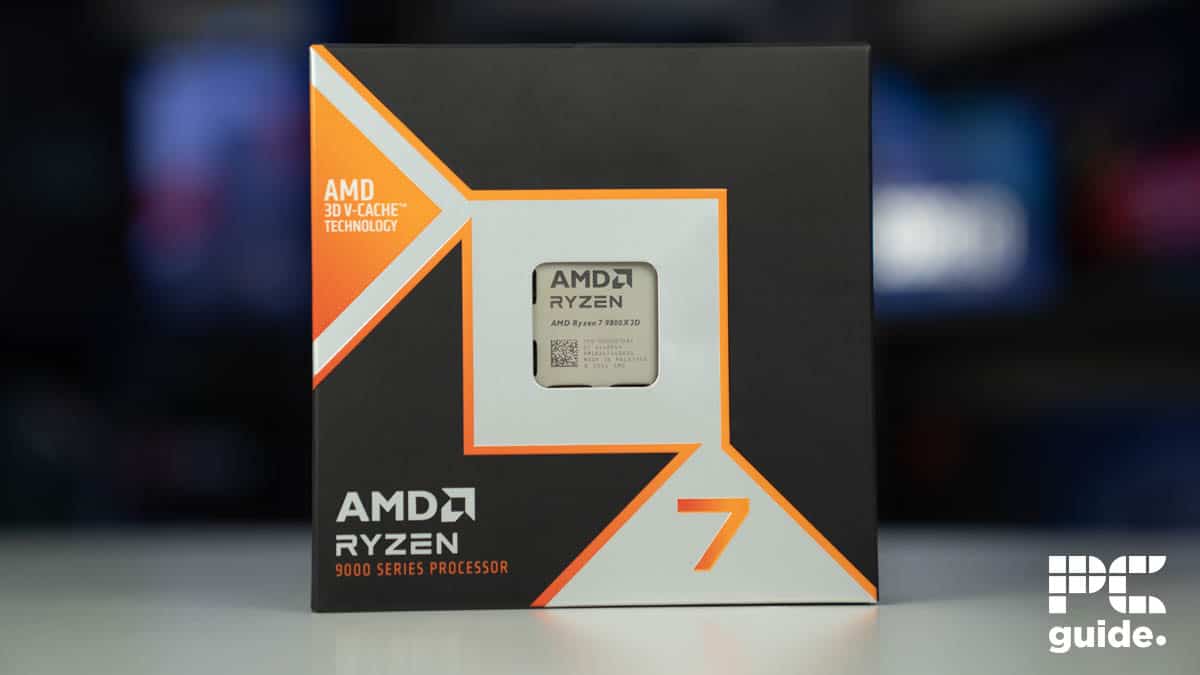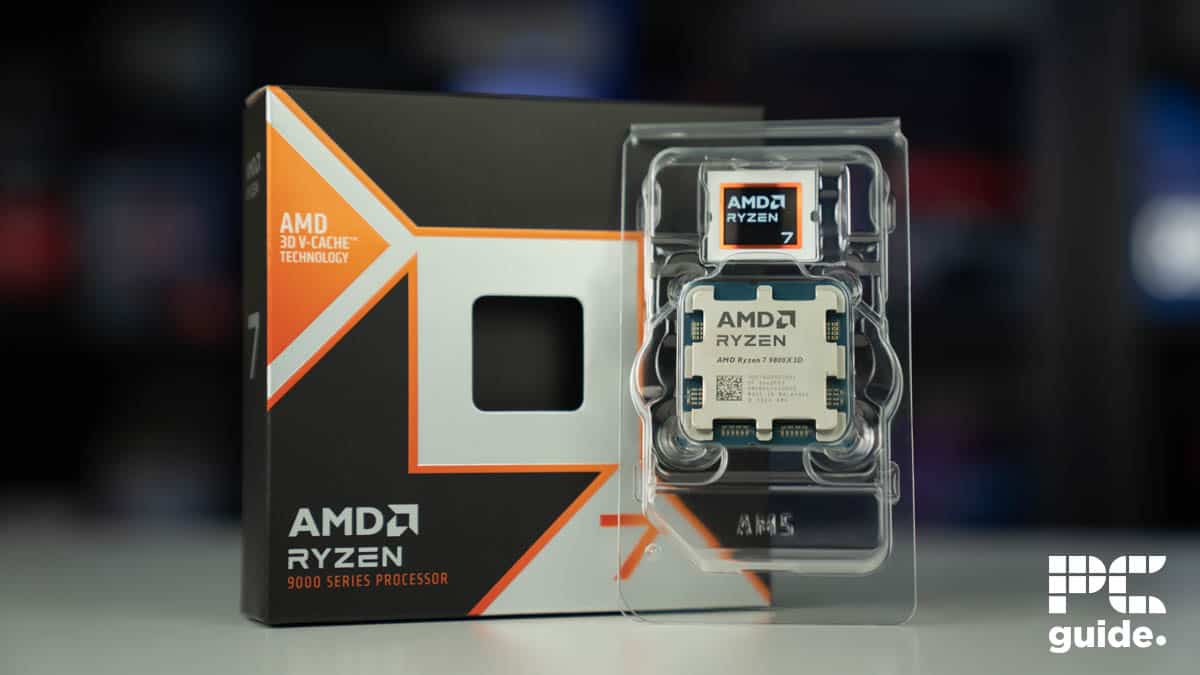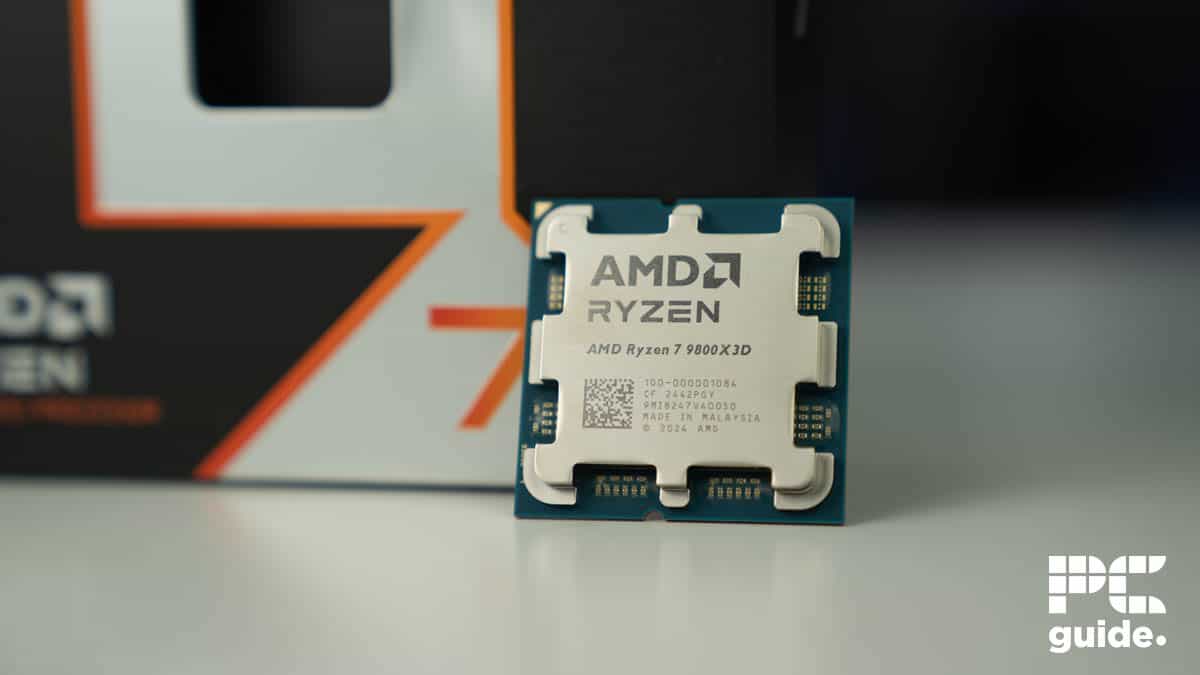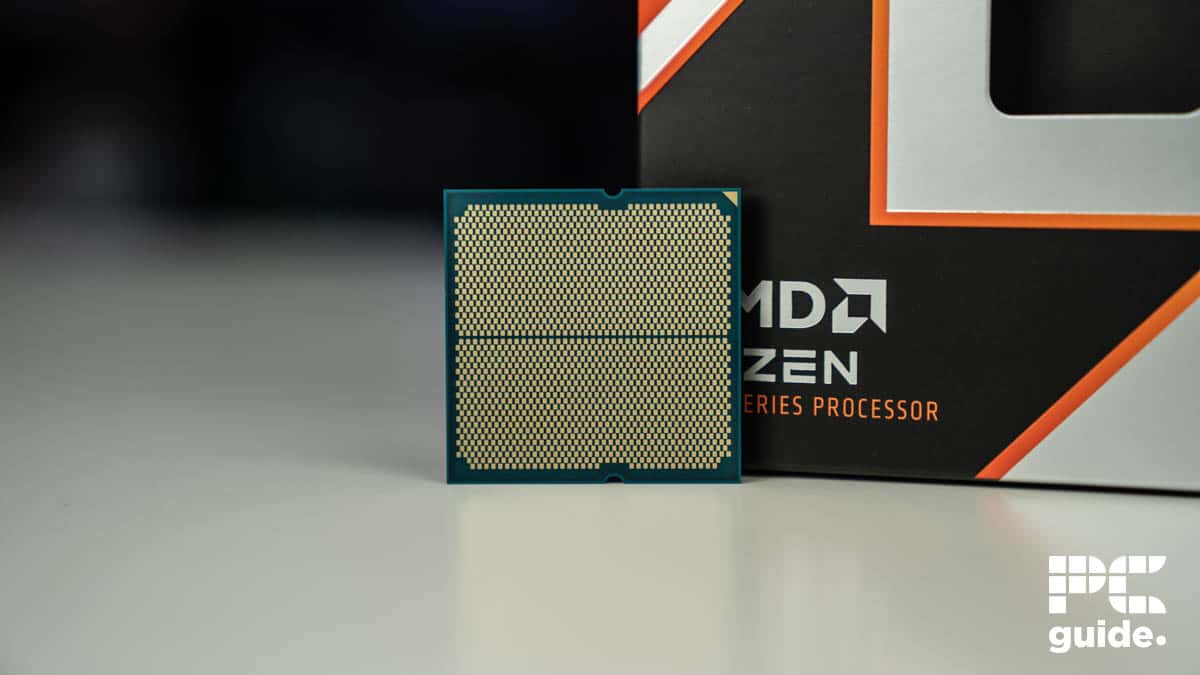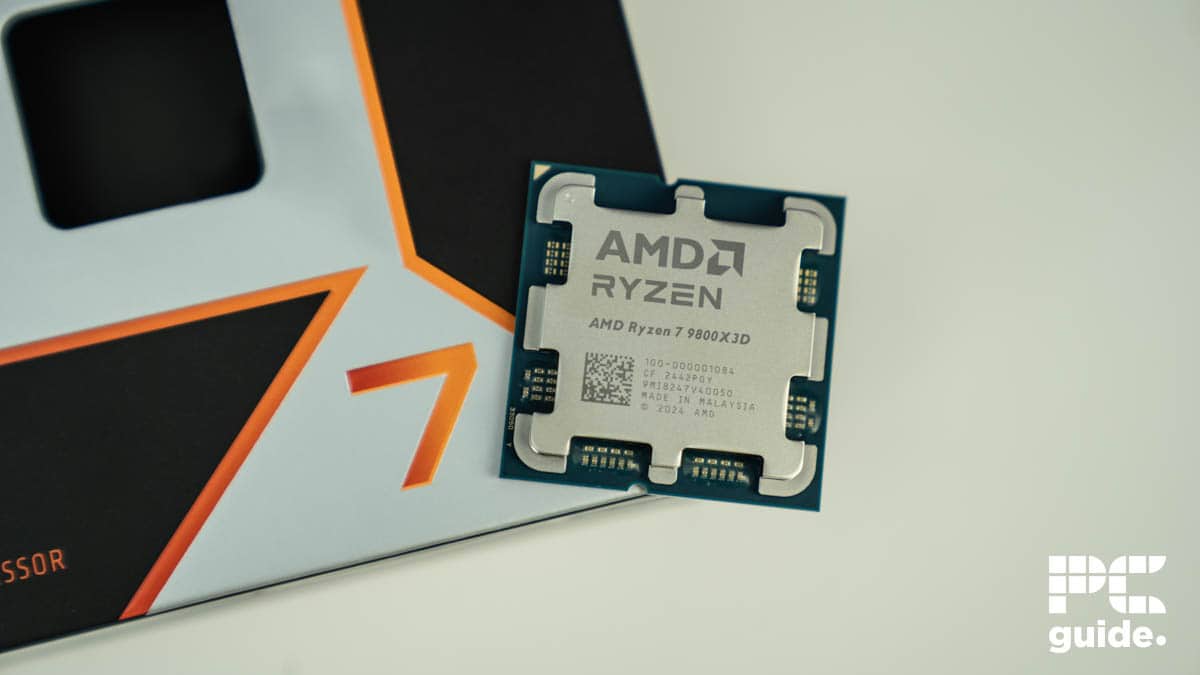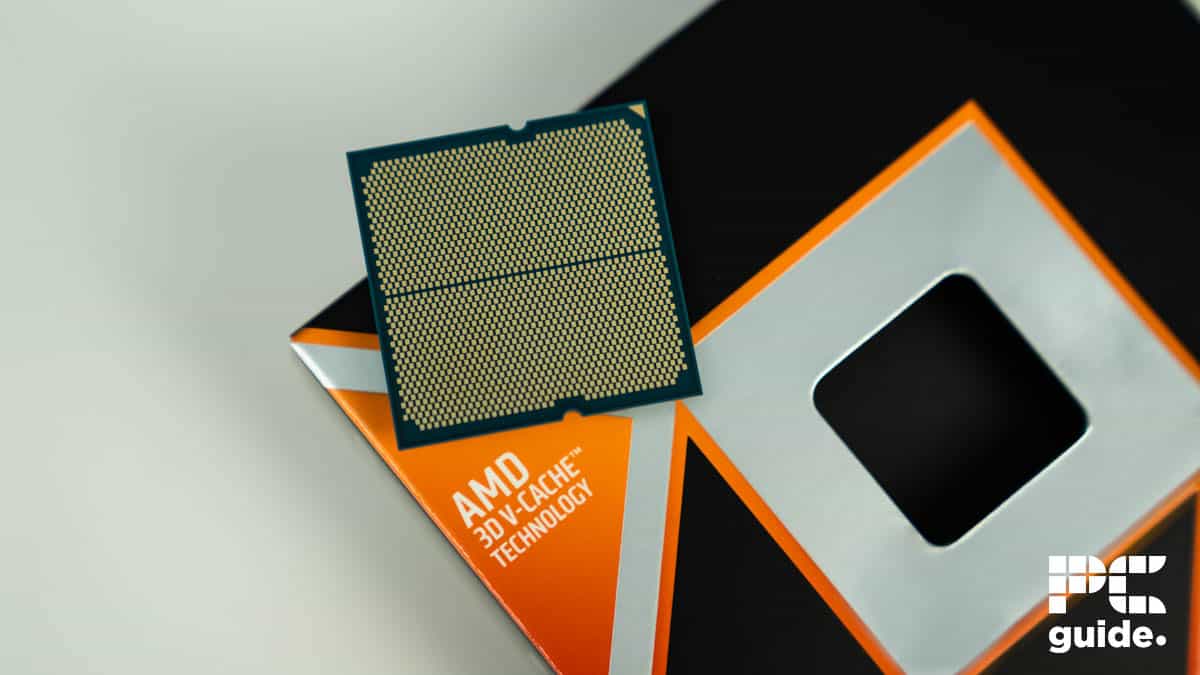Here are two reasons why AMD’s new X3D processors are even better than last gen
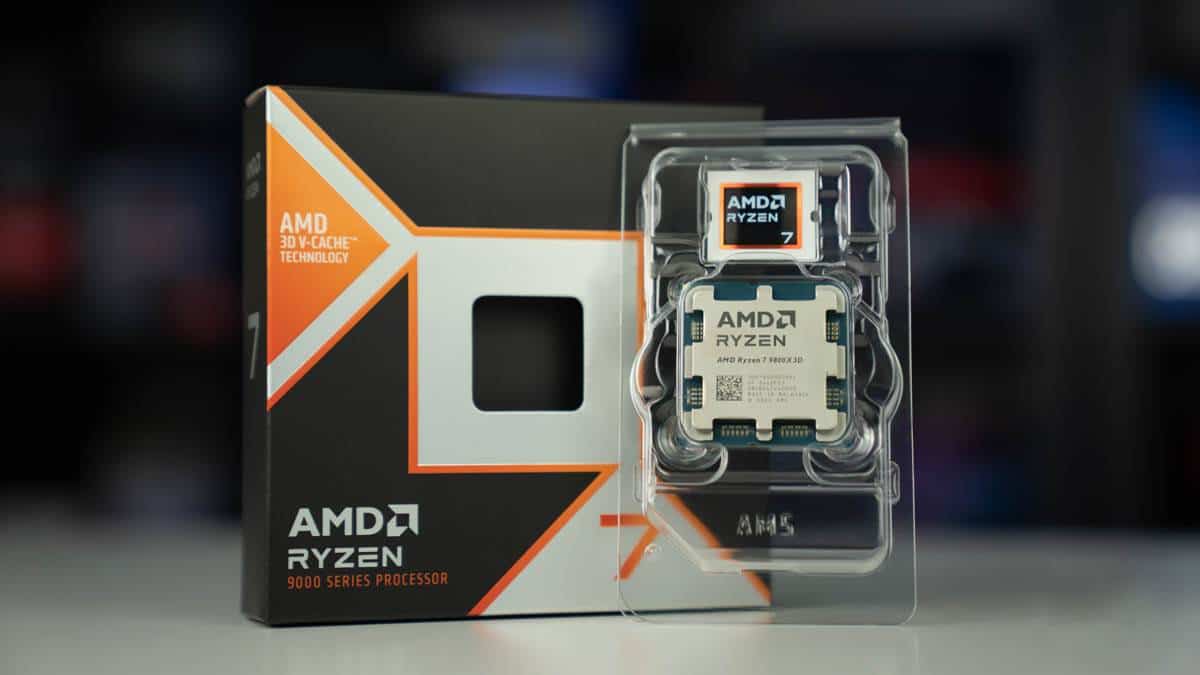
Table of Contents
AMD processors with the X3D suffix have been the preferred choice of PC gaming enthusiasts since they were launched. The latest generation of these X3D processors has just launched and boasts even better performance than ever. We now have some clues about how they managed it.
Processors like the newly released AMD Ryzen 9 9950X3D and Ryzen 9 9900X3D tend to sit right at the top of the wishlist for PC gamers and creators, while the tier-below Ryzen 7 9800X3D offers the best value for those solely focused on gaming. These chips offer superior performance to CPUs without the X3D suffix thanks to the 3D V-Cache, which has been specifically designed to improve gaming performance.
Prime Day may have closed its doors, but that hasn't stopped great deals from landing on the web's biggest online retailer. Here are all the best last chance savings from this year's Prime event.
- Sapphire 11348-03-20G Pulse AMD Radeon™ RX 9070 XT Was $779 Now $719
- AMD Ryzen 7 7800X3D 8-Core, 16-Thread Desktop Processor Was $449 Now $341
- Skytech King 95 Gaming PC Desktop, Ryzen 7 9800X3D 4.7 GHz Was $2,899 Now $2,599
- LG 77-Inch Class OLED evo AI 4K C5 Series Smart TV Was $3,696 Now $2,996
- AOC Laptop Computer 16GB RAM 512GB SSD Was $360.99 Now $306.84
- Lexar 2TB NM1090 w/HeatSink SSD PCIe Gen5x4 NVMe M.2 Was $281.97 Now $214.98
- Apple Watch Series 10 GPS + Cellular 42mm case Smartwatch Was $499.99 Now $379.99
- AMD Ryzen 9 5950X 16-core, 32-thread unlocked desktop processor Was $3199.99 Now $279.99
- Garmin vívoactive 5, Health and Fitness GPS Smartwatch Was $299.99 Now $190
*Prices and savings subject to change. Click through to get the current prices.

- Cores: 8
- Threads: 16
- Boost clock speed: 5.2GHz
- Base clock speed: 4.7GHz
- L3 cache: 96MB
- TDP: 120W
- Platform: AM5
Though the ‘Zen4' chips were impressive, the newest Zen 5 chips can boast even better level of performance. This comes down to two main changes in the fabrication of the CPU chips.
First, we need to explain a bit about how AMD chips differ from those made by Intel. Team Blue tends to favor a ‘monolithic' design for its CPUs. Every Intel CPU has a discrete design, and when being manufactured every core in the design needs to be fully functional, or the chip is thrown away. Though Intel has been experimenting with chiplet design.
AMD’s chiplet design wins again
AMD, meanwhile, uses a ‘chiplet' design. This has a higher per-unit cost for manufacture, but allows for partially functional cores to be retained for lower-level SKUs and also provides more flexibility when it comes to changes in design. AMD's most basic and fundamental part of the CPU is the CCD or Core Chiplet Die.
This flexibility has allowed AMD to do two things. An AMD roadmap revealed by the Japanese publication ASCII.jp shows that AMD has improved the density of the L3 cache by 10%. The L3 cache is sometimes referred to as the ‘Gamecache' and it is shared across the CCD. A denser L3 cache provides more space for the CCD to carry out its tasks.
The other change involves an alteration in the placement of the 3D V-Cache. In the Zen 5 architecture, the V-Cache was moved to be next to the heat spreader. This helps keep the V-Cache cool, improves thermal efficiency, and allows the V-Cache to work faster and at higher frequencies.
Intel still does not have anything resembling the X3D V-Cache and has only just begun to produce chiplet CPUs. It will probably be a while before AMD has any real competition in this area. Given the fact Team Blue has just got a new CEO running the operation, we expect to see them fight back with some reforms to regain its standing in the gaming processor market.


